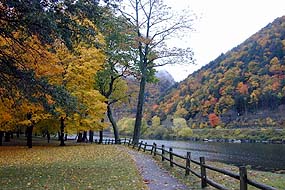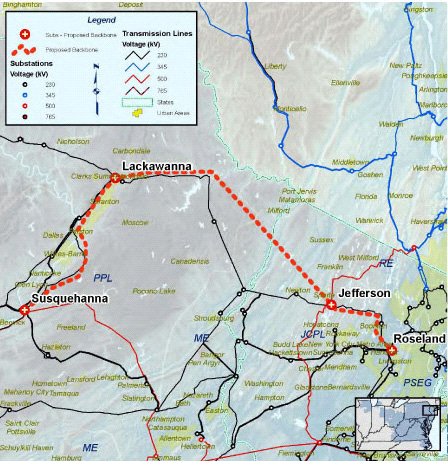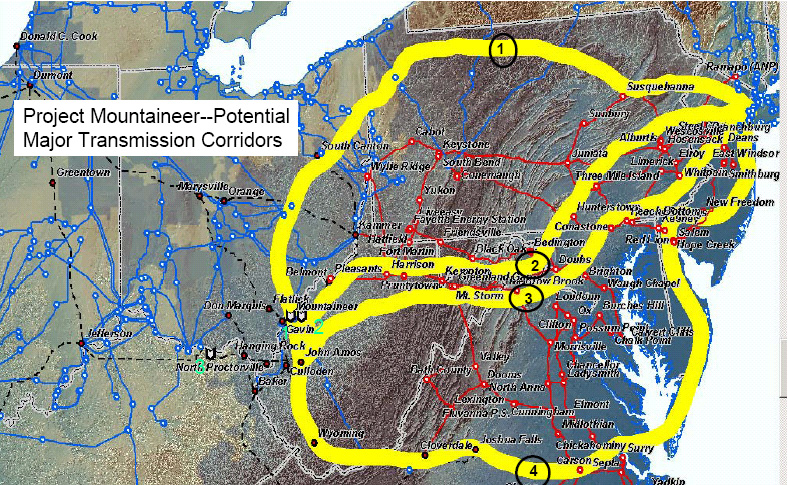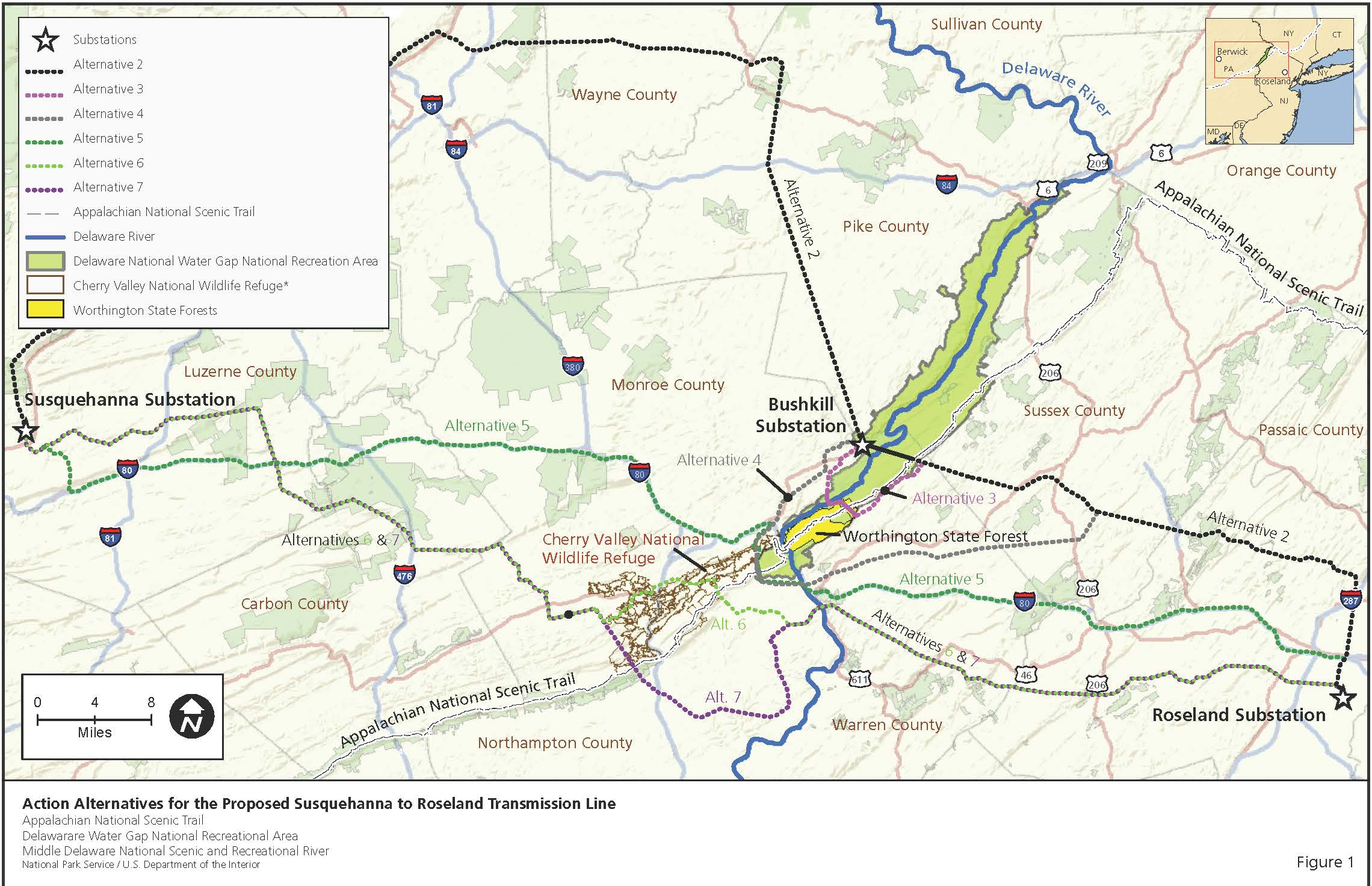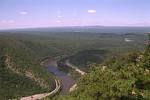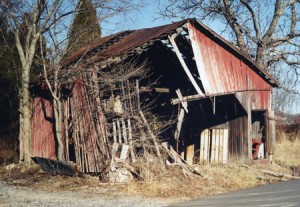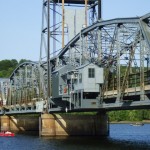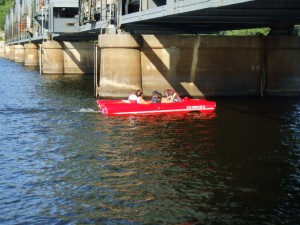Manzanar – Information on Japanese American Internment
February 27th, 2017

Internment of Japanese Americans was all too real, and it’s a shameful part of American history that we all should know more about. Yeah, I’ve been posting a lot about this, the intentional and orchestrated buildup of hate and racism leading to Executive Order 9066. I knew about it before I went, but actually being there, it hit home in a profound way that isn’t captured by words, particularly when we’re seeing a similar intentional and orchestrated buildup of hate and racism today.
Manzanar National Historical Site
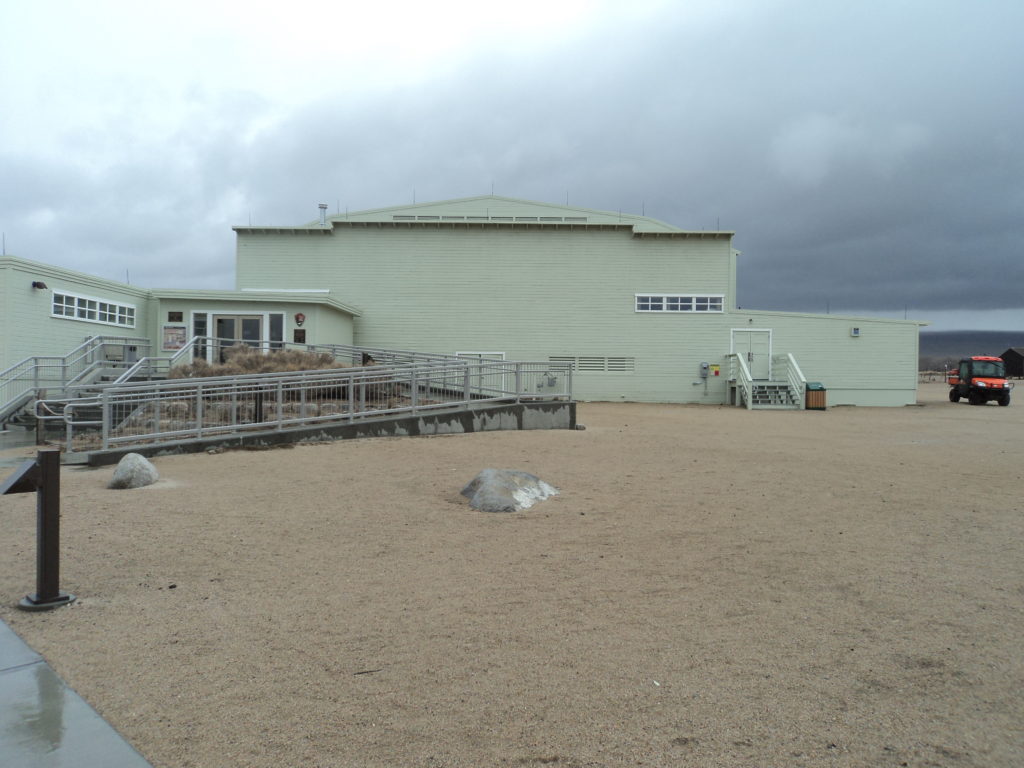
This is the original large hall build by prisoners. It became the focal point of the camp, a gathering spot, even a theater and dance hall — attempts to have some semblance of “normal” life, though captive.
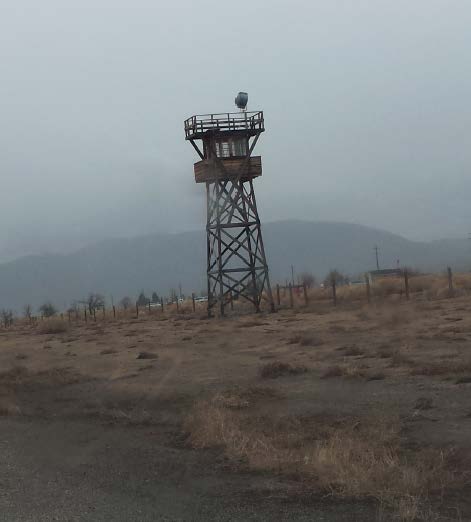
How to research family specifics? Here’s a page from the National Park Service on how to research families held in internment camps across the US:
The arguments for internment were not rational, and evidence presented to Pres. Roosevelt in reports he requested to assess threat to US of Japanese Americans found uniformly that there was no threat. Those reports of “no threat” were turned around with this statement below, turned around, much like today where the recent terroristic events were NOT from the 7 countries of tRump’s Muslim Ban:
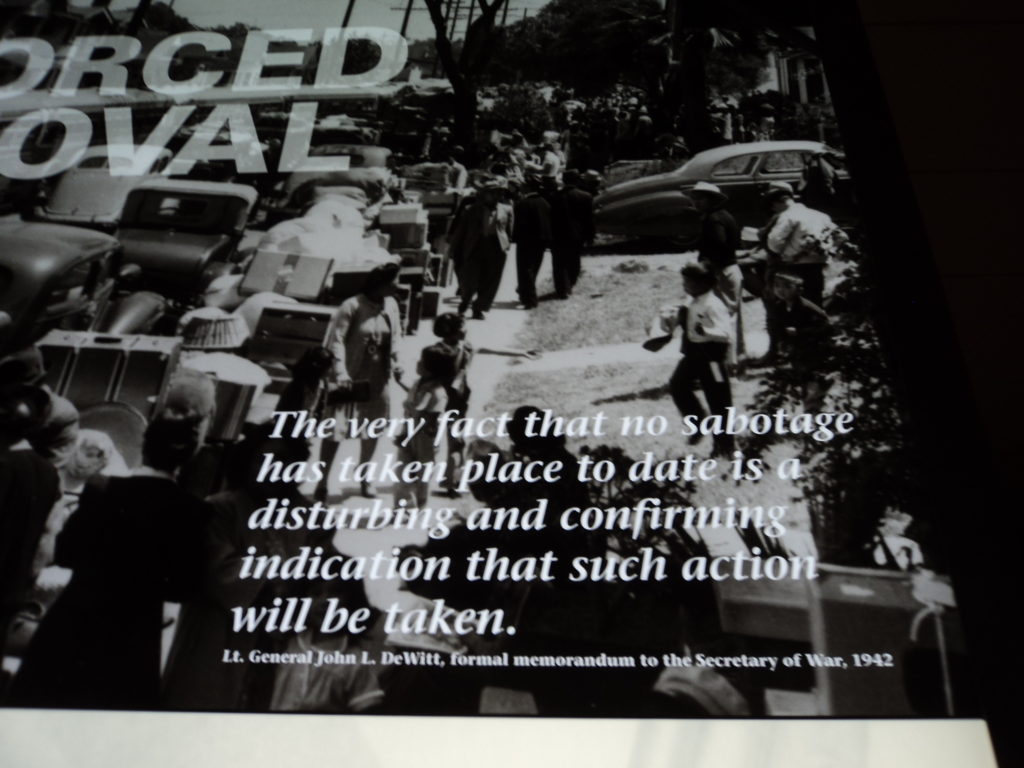
Really… “The very fact that no sabotage has taken place to date is a disturbing and confirming indication that such action will be taken.” WHAT?!?!?!
On a large wall, from the high ceiling to the floor, there’s a long, long list of families interred, a graphic image of the broad impact, looking up to the top is dizzying:

And notebooks listing the families, information about them, and where they went when they left:

There’s a oral history project ongoing, and the National Park Service is collecting this history through interviews, sharing documents, family items, to convey the experience of internment and preserve it to help us learn about our country. Here’s a booklet with information on participating in this project:
It took over 40 years for the U.S. to admit this grievous wrong, apologize and offer modest reparations. An NPR report:
From Wrong To Right: A U.S. Apology For Japanese Internment
Now, rather than do this all over again, rather than be wrong, wrong, wrong, let’s just get it right from the start and rescind the Muslim ban (Executive Order 13769).
Susquehanna-Roseland update – lawsuit v. NPS !!!!
October 15th, 2012
The Delaware Water Gap is one of the few National Park Service Wild and Scenic Rivers, and it’s in a struggle to stay that way. I represented Stop the Lines before the New Jersey Board of Public Utilities administrative proceeding, which ended with a permit issued to PSEG. Boooo-hisssss.
TODAY, a lawsuit was filed by National Parks Conservation Assoc., Appalachian Mountain Club, Appalachian Trail Conservancy, Association of New Jersey Environmental Commissions, Delaware Riverkeeper Network, New Jersey Highlands Coalition, New York-New Jersey Trail Conference, Rock the Earth, Sierra Club, Stop the Lines versus Ken Salazar as Secretary of the Interior and head of National Park Service, and Dennis Reidenbach as Northeast Regional Director of National Park Service:
Complaint – National Parks Conservation Assoc., et al. v. Salazar & Reidenbach
GOOD! Serves them right, after caving to Obama’s transmission fast-tracking!
So what’s the scoop? PSEG and PPL have targeted the Delaware Water Gap for a crossing of its Susquehanna-Roseland transmission line. Here’s the NATIONAL PARK SERVICE PAGE for the project.
Here’s the full map:
Which is a small part of the bigger picture, part of line #1 on this Project Mountaineer, the transmission for coal scenario hatched at a top secret FERC meeting in 2005:
The alternatives evaluated by the National Park Service’s Delaware Water Gap in their EIS looks like this (click on map for larger version):
Here’s the link to the National Park Service’s Final EIS. Inexplicably, National Park Service went from identifying the “no action alternative” as the Environmentally Preferred Alternative, to a (rolling over) “STICK IT HERE!” Oh, and a payoff of $30-40 million. And then there’s “pre-approval” of the project by NPS…
Stay tuned!
National Park Service: “No Action Alternative” for Susquehanna-Roseland transmission
November 21st, 2011
Yes, it’s true, the cow is out of the barn – and the National Park Service says that the “No Action Alternative” is the best alternative for the Susquehanna-Roseland transmission line. Can you hear PSEG and PPL squealing???
Big thanks to Scott Olson for the heads up, and this link:
The bottom line, from page 16 of the pdf below, page vii of the actual document:
ENVIRONMENTALLY PREFERRED ALTERNATIVE
The environmentally preferred alternative is the alternative that would promote the requirements of the
national environmental policy expressed in section 101(b) of NEPA. It is the alternative that causes the
least damage to the biological and physical environment and that best protects, preserves, and enhances historic, cultural, and natural resources (CEQ 1981, Q6a). Alternative 1, the no-action alternative, was selected as the environmentally preferred alternative by the NPS. This decision was based on the available scientific data about the proposal and mitigation measures presented by the applicant and collected by NPS. An analysis of this data made it clear that alternative 1 best meets the requirements of the environmentally preferred alternative.
Really, that’s what it says… wow… I’ve never seen that before in a DEIS. You can see for yourself here, again, p. 16 of the pdf, page vii of the actual document:
SRLine DEIS Volume 1, Front Matter, Chapters 1 and 2 (8.2 MB, PDF file)
Here’s the NPS page with the whole thing:
Comments are due by 11:59 p.m. January 31, 2012:
National Park Service Susquehanna to Roseland 500 kV Transmission Line Right of Way and Special Use Permit Draft Environmental Impact StatementFrom the site, there are three public “meetings” scheduled where you can make comments in person:
Tuesday, January 24, 2012
(snow date 1/31)
Fernwood Hotel and Resort
U.S. 209 Bushkill, PA 18324Wednesday, January 25, 2012
(snow date 2/1)
Stroudsmoor Country Inn – Ridgecrest
RD#4 Stroudsmoor Road Stroudsburg, PA 18360Thursday, January 26, 2012
(snow date 2/2)
Farmstead Golf and Country Club
88 Lawrence Road
Lafayette, NJ 07848
Comments are due by 11:59 p.m. January 31, 2012. If you are unable to attend the public meetings, please submit your comments by January 31, 2012 via the internet at http:// parkplanning.nps.gov/DEWA or by mail to address below (there are two addresses below – best send to BOTH!):
John J. Donahue, Superintendent
Delaware Water Gap National Recreation Area &
Middle Delaware National Scenic and Recreational River
HQ River Road, off Rt. 209 Bushkill, PA 18324and
Pamela Underhill, Superintendent
Appalachian National Scenic Trail
P.O. Box 50 Harpers Ferry, WV 25425
Or by filing it at this site:
Comments are due by 11:59 p.m. January 31, 2012
NPS: No Stillwater Bridge
October 18th, 2010
Friday the National Park Service said NO to the Stillwater Bridge across the Wild & Scenic St. Croix River.
This is the same NPS, but a different region, that has the Susquehanna-Roseland transmission line crossing of the Wild & Scenic Delaware Water Gap under review.
This Stillwater Bridge mess has been a decades long struggle.
When I heard about this on Friday, I started looking for the primary documentation, and couldn’t even find a press release. Then this a.m., a little birdie sent the press release…
… but alas, he had no primary documentation either! And so onward with the search, and still nothing, then, lo, another birdie dropped these into my inbox:
National Park Service – Transmittal Letter
National Park Service – Stillwater Bridge – Section 7a Review Final
Is there a trend? We can only hope…
Park Service releases EIS Scoping Report
April 29th, 2010
Imagine 190 foot transmission towers through the Delaware Water Gap, between Pennsylvania and New Jersey.
That’s what’s proposed by PSE&G for its Susquehanna-Roseland transmission line. This quad/tri bundled 500kV line is HUGE, ugly beyond belief, and it’s just so big that I can hardly comprehend, there’s nothing that large that I’ve found. Others like it are being cancelled by PJM due to lack of demand, and this one should be too…
From the Pocono Record:
Anyway, the National Park Service is doing an Environmental Impact Statement, and leading up to that is “scoping,” which, as Grant Stevenson noted yesterday at the Task Force meeting, is THE most misunderstood term. I agree. It just zooms over people’s heads, and comments end up being of the “I hate this project because___” and nothing that relates to what the scope of the environmental review should be. Utter waste of time, and something to be mindful of with the CapX 2020 transmission scoping meetings coming up.
SCOPE: Range, area of coverage, breadth
So “scoping” in this sense is the range, area of coverage, and breadth of environmental review.
We had comments on the scope a few months ago, and there were something like 6,500 comments. Yes, that’s right, SIX THOUSAND FIVE HUNDRED! At the meetings I went to, it was standing room only and the comments were notably on point, they were profound examples of those rare uplifting meetings. Facilitation of the meetings was so good it felt like they really were interested in what we had to say. It was all taken down by a court reporter. THAT level of attention and appreciation is SO rare… and dig this … afterwards I RECEIVED A THANK YOU NOTE FOR PARTICIPATING. That is a first, I’ve never gotten a thank you note from an agency for showing up and speaking out. I’m thinking of framing it (after sending it to MN’s Dept. of Commerce).
NATIONAL PARK SERVICE – SUSQUEHANNA-ROSELAND 500kV TRANSMISSION LINE PAGE
Here’s their report:
The next step?
We’ll keep you posted.
